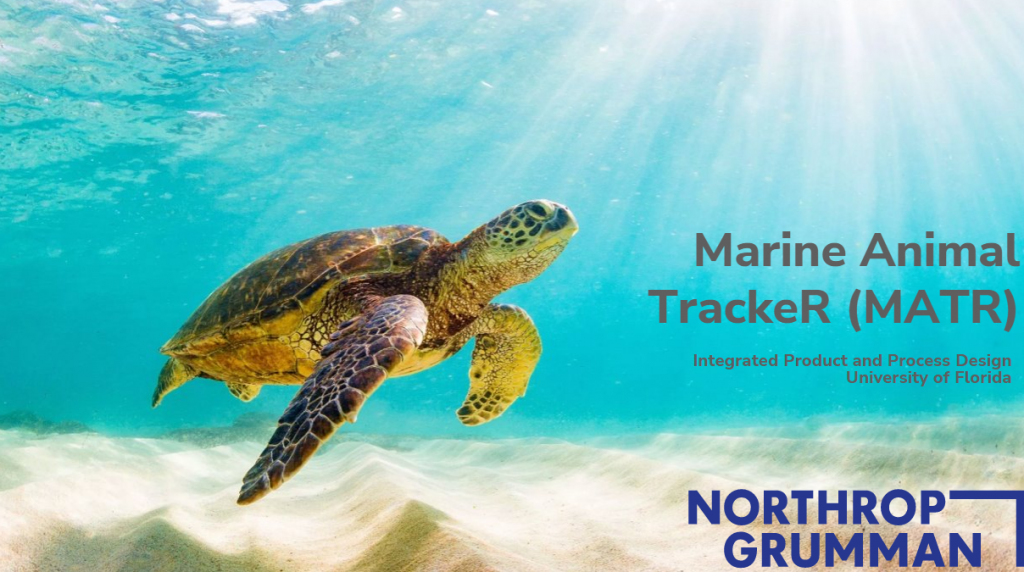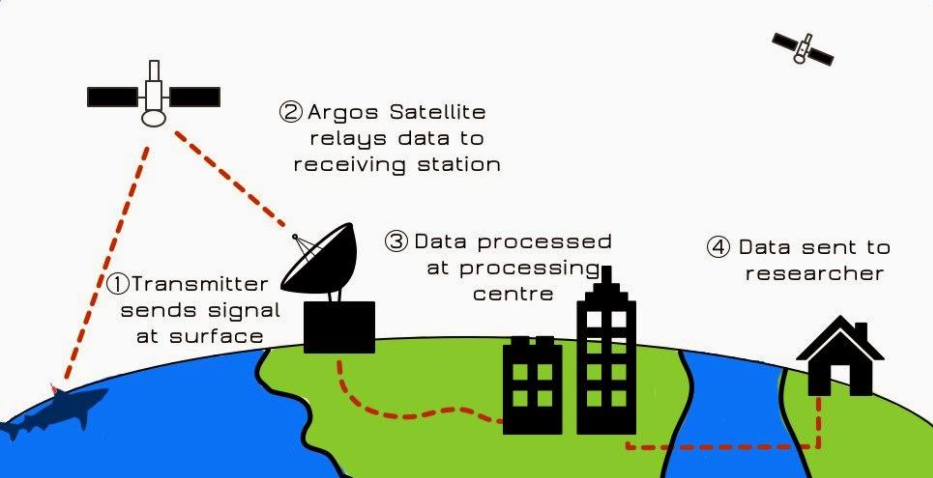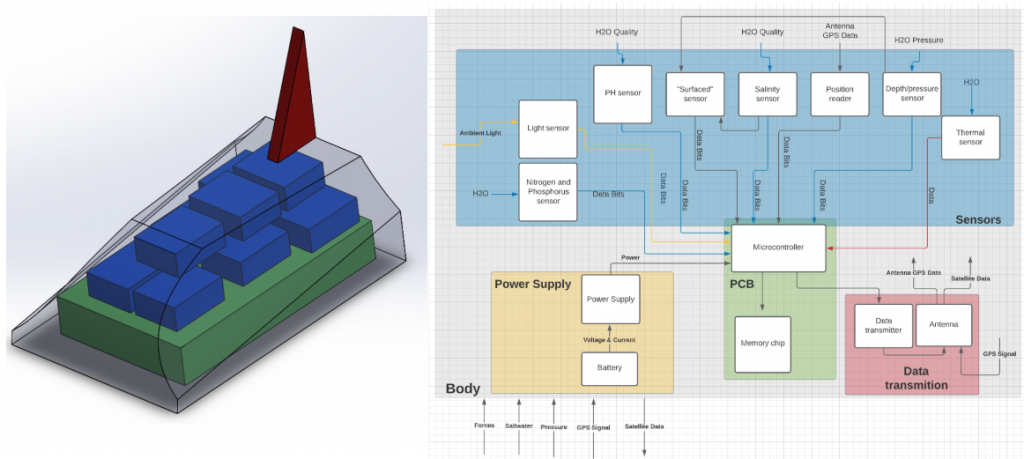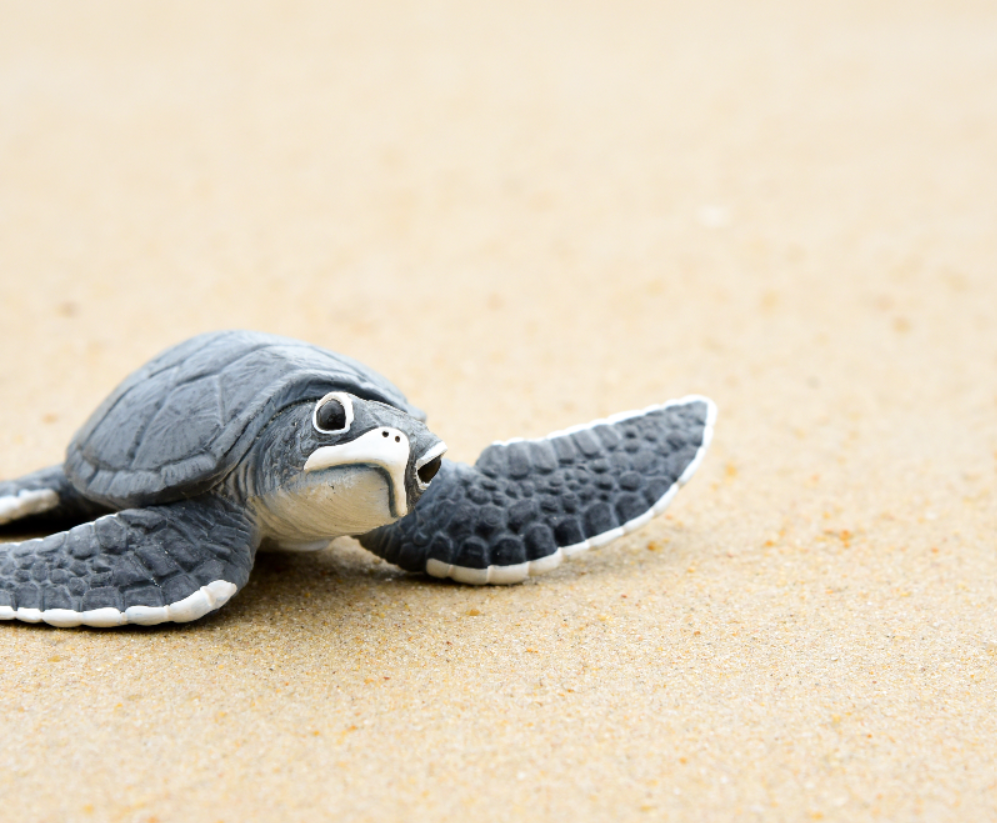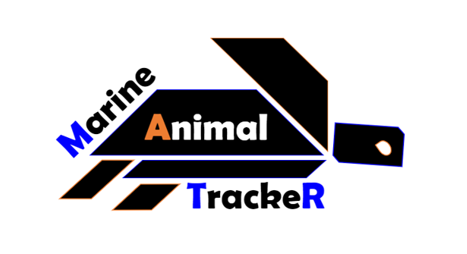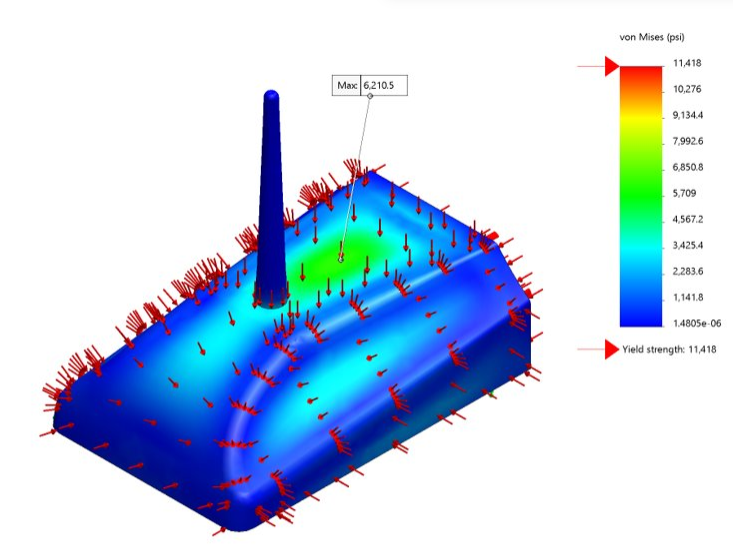
PDR presentation to liaisons completed! Our Northrop Grumman liaisons were very kind to listen to our presentation and provide the meaningful feedback we need to move forward with our designs. According to feedback, we are tweaking our plans, and awaiting signatures from liaisons before officially moving on to a system level design and prototyping. This week the team has also been working on a cost table including all device components, with the intention of ordering sensors in the coming weeks, some of which that we know we want to test have already been ordered so we can get them connected to a microcontroller and see how they work. Also planning on registering with ARGOS, a necessary step before utilizing their satellite communication system. The registration requires approval from government organizations based on the application of the project, which will be determined in a meeting with an ARGOS representative next week. To get approval we will have to demonstrate that our project will be used for environmental purposes. Once we are able to obtain approval, we will proceed with ordering a GPS capable chip and PCB to communicate with satellites, along with antennae research for satellite communication. antennae needed for 2 separate purposes: GPS and ARGOS, we will have to find the best way to combine these 2 functionalities in order to keep or device in a small package. We have also determined that another meeting with turtle experts will be necessary to get some more questions answered about what we can do. The team has began considering how we can expose sensors to the outside of the device so they can make a safe contact with the water. The necessary thickness of the walls of the device will be a critical metric for us to define, and team members have been hard at work running simulations on CAD designs to test this and determine what we will be able to do.
